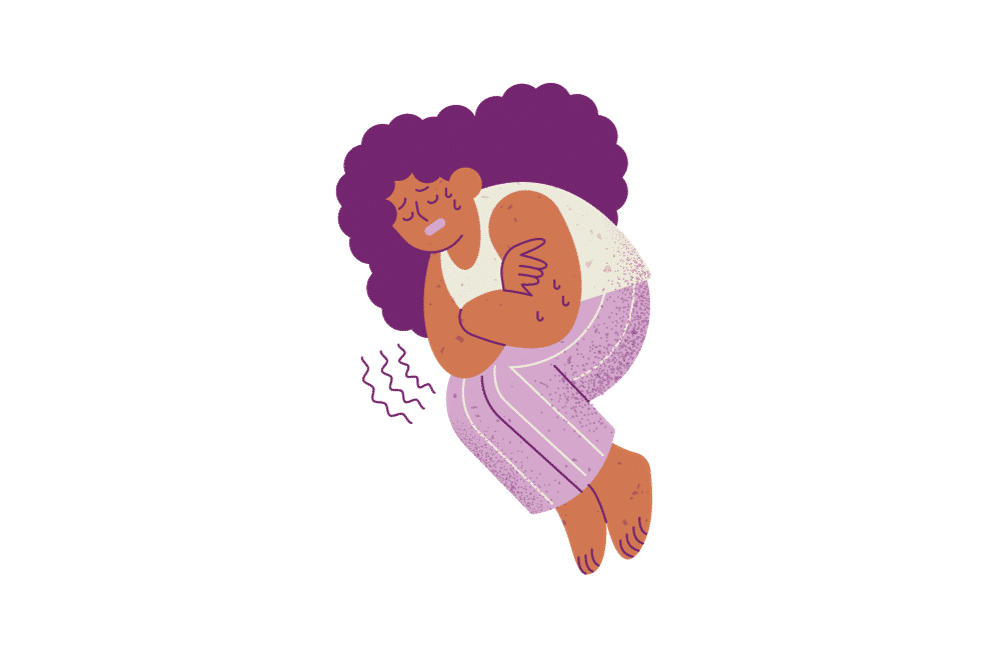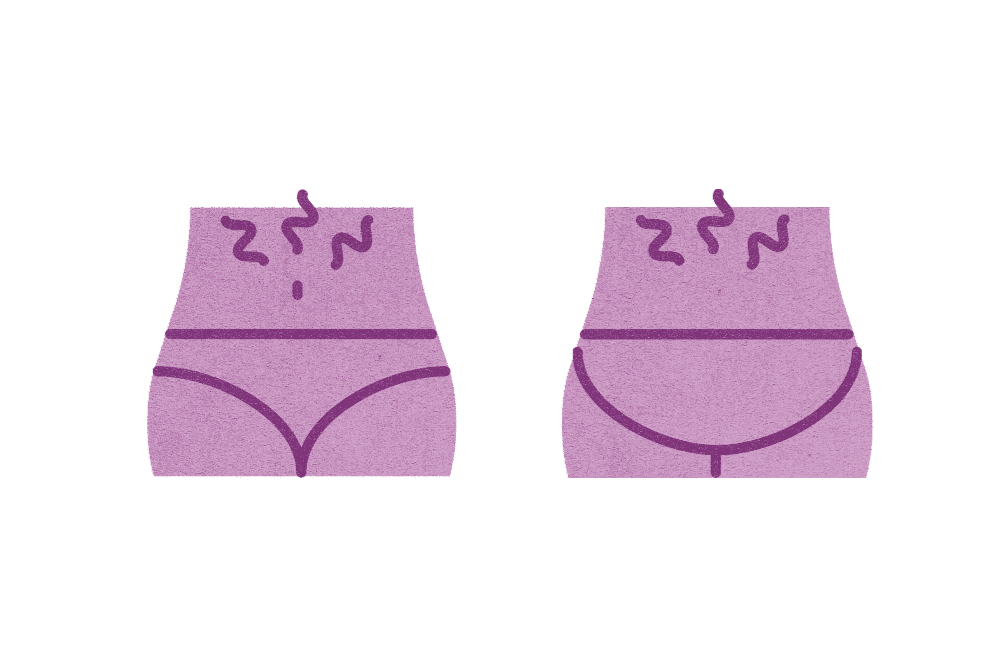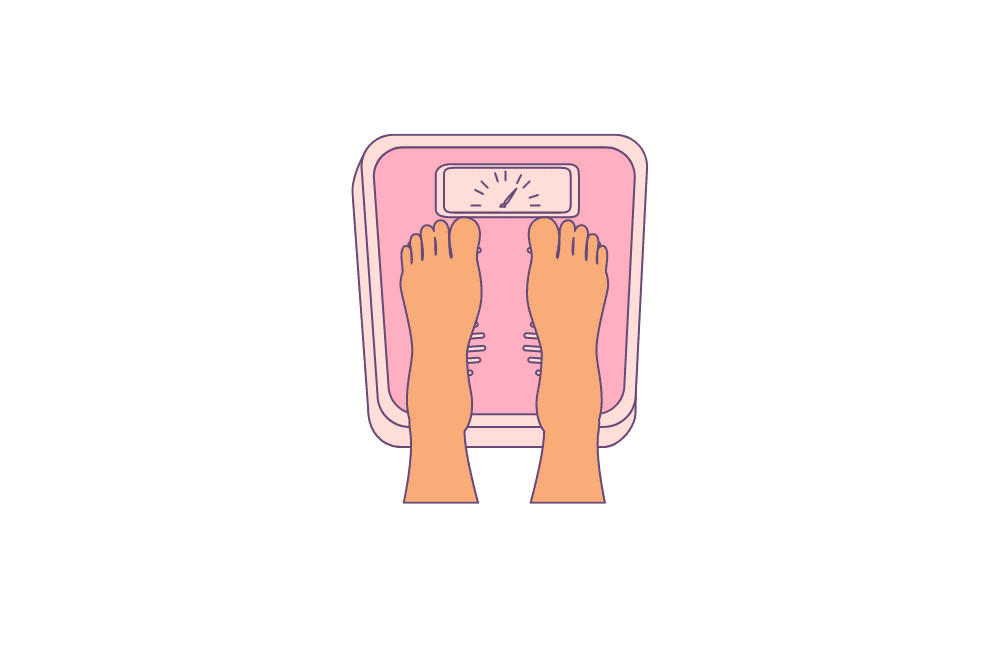TENS machines, short for Transcutaneous Electrical Nerve Stimulation, have gained popularity as a drug-free alternative for managing period pain. This innovative approach uses low-voltage electrical impulses to provide instant relief from menstrual discomfort. In simple terms, a TENS machine sends gentle electrical signals through the skin to the nerve fibres, which helps reduce pain perception and provide comfort during your menstrual cycle.
This article provides a comprehensive guide to using a TENS machine for period pain. We will cover how it works, its benefits, how to use it effectively, and what to consider when choosing one. Whether you’re new to TENS therapy or looking to enhance your period pain management strategy, this guide is designed to help you navigate your options with ease and confidence.
How Does a TENS Machine Help with Period Pain?
Understanding the mechanics of a TENS machine is straightforward. The device typically comes with pads that are attached to your skin near the area of pain. Once activated, it delivers electrical pulses that interfere with the pain signals sent to the brain. This process relieves period pain, relaxes the uterine muscles to reduce the intensity of cramps, and stimulates the production of endorphins, the body’s natural pain killers.
Period pain relief devices are safe for continual use and can be used on other areas of the body that experience acute muscle discomfort (e.g. the lower back) or to treat secondary menstrual pain associated with chronic conditions, such as endometriosis, polycystic ovary syndrome (PCOS), and pelvic inflammatory disease (PID).
One of the key advantages of using a TENS machine for period pain is its non-invasive nature. Unlike pain medications, which can have side effects and may not be suitable for everyone, TENS therapy is generally considered safe with minimal side effects. It’s a practical option for those seeking a more natural approach to relieve pain during their menstrual cycle.
Advantages and Considerations
- Non-Invasive and Drug-Free Relief: TENS offers a non-invasive alternative to pain medication for common period discomfort.
- Portable and Convenient: The small size of TENS machines makes them easy to use anywhere (you can even find mini TENS machines).
- Consultation with a Healthcare Provider: It’s important to consult a healthcare provider before using a TENS machine, especially for individuals with certain medical conditions or pregnant women.

Where Do You Put a TENS Machine for Endometriosis?
When managing endometriosis pain with a TENS machine, the correct placement of electrodes is essential for effective relief. Typically, the electrodes should be positioned around the area of most intense pain, which is often around the lower abdomen or pelvic region for endometriosis. It’s important to avoid placing electrodes directly on or near reproductive organs. Some users find pelvic pain relief by placing electrodes on their lower back, targeting nerves that affect the pelvic region.
It’s advised to start with a low intensity and gradually increase to a comfortable level. Consulting a healthcare professional for personalised advice is recommended, especially since endometriosis pain can vary in intensity and location. This placement strategy, combined with regular adjustments based on individual pain patterns, can maximise the pain relief benefits of a TENS machine for those who have endometriosis.

Understanding TENS Technology: What is the Machine that Helps with Period Cramps?
The working principle of a TENS machine for period cramps is based on the gate control theory of pain. According to this theory, stimulating certain nerve fibres can interfere with the transmission of pain signals through the spinal cord to the brain. The electrical impulses from the TENS unit stimulate the nerves in the affected area, such as the lower abdomen or back, which can help block the pain signals associated with menstrual cramps.
Additionally, TENS therapy is thought to trigger the release of endorphins, the body’s natural painkillers, which further help in pain relief. This makes TENS an attractive option for those seeking a drug-free method to manage period pain.
The intensity of the electrical impulses can be adjusted according to the user’s comfort level, allowing for a personalised pain management experience. Due to its non-invasive nature and the absence of pharmaceuticals, TENS machines are considered a safe and effective way to manage menstrual cramps for many individuals. However, it’s always recommended to consult with a healthcare provider before starting any new pain management regimen, especially for individuals with certain medical conditions or who are pregnant.
What is the Strongest Period Pain Relief: What Options Are Available?
The strongest period pain relief varies from person to person, as the effectiveness can depend on individual pain thresholds and the specific causes of the discomfort. However, several options are widely recognised for their efficacy in managing period pain:
- Nonsteroidal Anti-Inflammatory Drugs (NSAIDs): Medications like ibuprofen are often first-line treatments. They reduce inflammation and alleviate pain effectively.
- Birth Control Pills: Hormonal contraceptives, like the pill or IUD, can help regulate or even eliminate menstrual cycles, thereby reducing period pain. They work by thinning the uterine lining and reducing uterine contractions.
- TENS Machine: As mentioned, transcutaneous electrical nerve stimulators can effectively block pain signals and provide relief from menstrual cramps.
- Heat Therapy: Applying heat to the lower abdomen using a hot water bottle or heating pad can relax the muscles and alleviate cramping.
- Prescription Medications: For severe cases, doctors may prescribe stronger painkillers or specific medications that target the cause of severe menstrual pain, like endometriosis. And if you’re too busy to visit the pharmacy, get your prescriptions online with Youly.
- Alternative Therapies: Acupuncture, massage, or herbal remedies may provide relief for some women. However, the effectiveness of these methods can vary greatly.
- Diet and Exercise: Regular physical activity and a healthy diet, particularly one rich in omega-3 fatty acids, magnesium, and vitamin B1, may help reduce symptoms of period pain.
- Surgical Options: In extreme cases, and usually as a last resort, surgical interventions like laparoscopy can be used to treat conditions like endometriosis, which can cause severe menstrual pain.
It’s important to consult a healthcare provider to determine the most appropriate treatment for period pain, especially for severe cases. They can provide guidance tailored to individual health needs and the severity of the symptoms.

Step-by-Step Guide: Using Your TENS Machine Effectively
Using a TENS machine for period pain discomfort involves several steps to ensure safety and maximise pain relief. Here’s a step-by-step guide:
- Read the Manual: Before using your TENS machine, thoroughly read the user manual. Understanding the device’s functions and safety instructions is crucial.
- Charge or Insert Batteries: Ensure your TENS machine is fully charged or has fresh batteries.
- Clean Skin Surface: Clean the area where you’ll place the electrodes with soap and water to remove any oil or lotion. Dry the skin thoroughly.
- Attach the Electrodes: Apply the self-adhesive electrodes directly to the skin. They are usually placed on the lower abdomen or back for period pain. Avoid placing them on sensitive or irritated skin.
- Connect the Electrodes to the Machine: Plug the electrode wires into the TENS unit.
- Turn On the Machine: Start with the lowest setting and gradually increase the intensity until you feel a comfortable, tingling sensation, not painful or uncomfortable.
- Adjust Modes and Intensity: Experiment with different modes and intensities available on your TENS unit to find the most effective setting for your pain.
- Duration of Use: Use the TENS machine for the recommended duration, usually between 20 to 30 minutes, but this can vary. Refer to your manual or consult with a healthcare provider.
- Turn Off and Disconnect: After use, turn off the machine before disconnecting the electrodes. Remove the electrodes from your skin gently.
- Care for the Electrodes: Place the electrodes on the provided liners and store them according to the manufacturer’s instructions to maintain their stickiness and cleanliness.
- Regular Maintenance: Regularly check your TENS unit and accessories for any signs of wear or damage.
- Consult Healthcare Professionals: If you have any medical conditions, are pregnant, or are unsure about the appropriate settings, consult a healthcare professional before using a TENS machine.
Remember, a TENS machine is a tool to help manage pain and should be part of a broader pain management strategy. It’s not a cure, but can significantly alleviate discomfort when used correctly.

Safety and Precautions: Using TENS Machines Responsibly
Using a TENS machine safely means following certain rules to avoid risks. Always read and follow the instructions included with your machine. Start on a low setting and increase slowly to a comfortable level. Don’t use the machine on skin that’s broken or irritated, and don’t use it while driving or using heavy machinery, as it can be distracting.
Be cautious if you have a pacemaker or other electronic implants, as TENS machines can interfere with these. Pregnant women, especially in early pregnancy, should only use TENS if a doctor says it’s okay. Avoid placing the electrodes on the front of your neck or over your eyes. Remember, TENS machines help with pain but are not a replacement for medical advice. If you have ongoing or worsening pain, see a healthcare professional.





